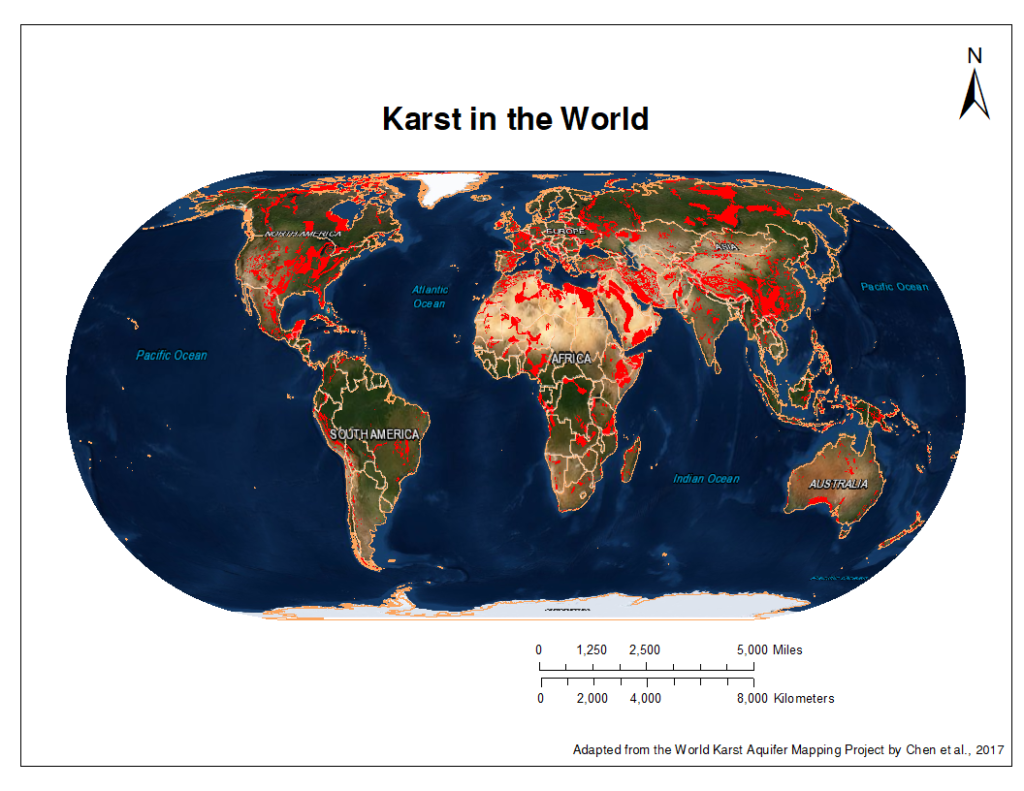The Earth’s surface is constantly in motion, bombarded by rain, wind, ice, fire, and living things that sculpt, build, and mold the surface into various kinds of landforms. Geologists classify landforms that are characteristic of certain Earth-shaping processes into groups referred to as landscapes.
There are many types of natural landscapes. Erosion by wind, water, and ice wears down and creates most landscapes, such as beaches, deserts, and mountains. In contrast, karst landscapes and their landforms are created when slightly acidic water dissolves away the bedrock. Karst covers about 20% of the Earth’s land surface, mostly in limestone as well as in gypsum and other evaporite rocks.
CONTINUE →
